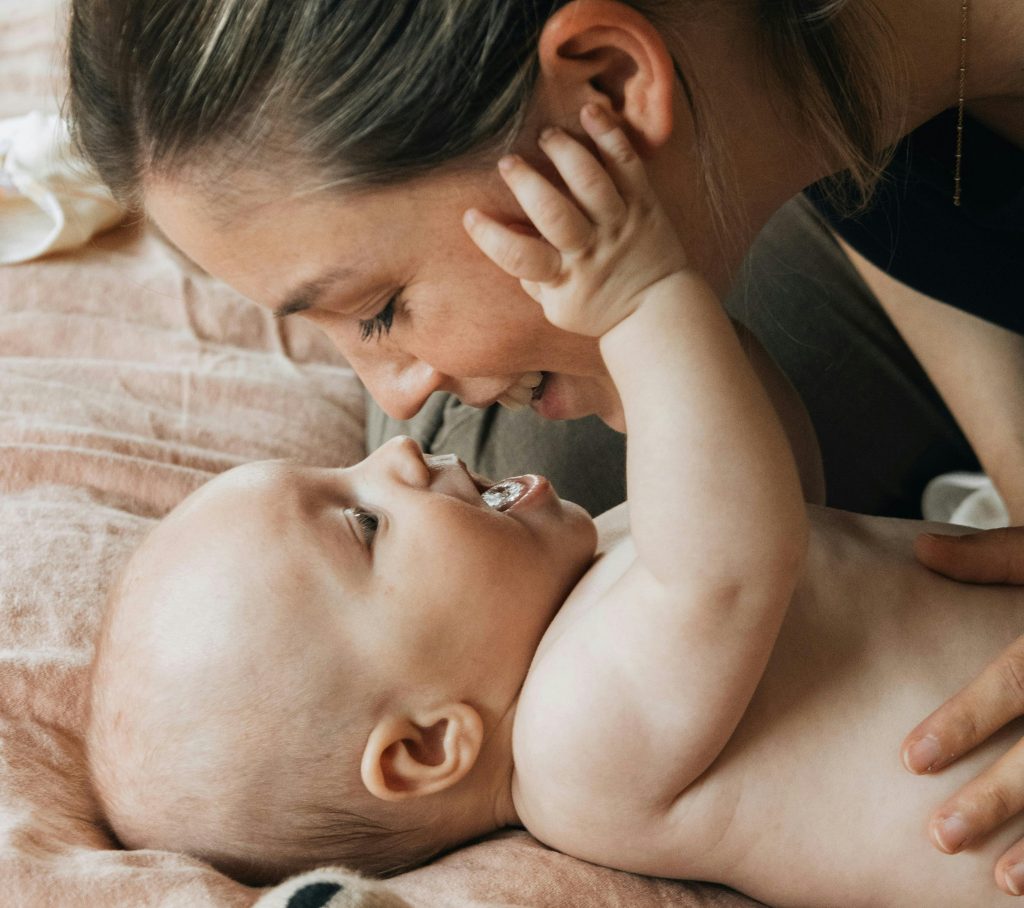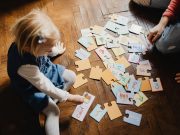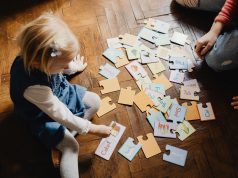
As a parent or caregiver, the way you interact with your child during the first 12 months of life sets the stage for their future development. Nurturing interaction with caregivers is crucial for healthy brain development, learning, and growth in toddlers from birth to three years old.
Why is nurturing interaction important?
Research has shown that high-quality caregiving interactions are associated with better cognitive, social-emotional, and language skills in children (Hart & Risley, 1995). Caregivers who engage in responsive, sensitive, and stimulating interactions with their child create a positive learning environment that fosters healthy development.
Characteristics of nurturing interaction
Nurturing interaction involves:
- Eye contact: Maintaining eye contact with your child helps them feel seen and understood.
- Responding to cues: Responding promptly to your child’s coos, babbles, and gestures encourages language development and builds trust.
- Sensory stimulation: Engaging in activities that stimulate the senses (e.g., touch, taste, smell) promotes cognitive development and exploration.
- Emotional validation: Acknowledging and validating your child’s emotions helps them develop emotional regulation skills.
Tips for nurturing interaction with caregivers
- Be present: Put away distractions like phones and focus on interacting with your child.
- Use a variety of tones: Varying your tone to convey different emotions (e.g., happy, sad) helps children understand the nuances of language.
- Label objects and actions: Describing what you see and do encourages vocabulary development and cognitive growth.
- Show affection: Physical touch and affection help regulate your child’s emotional state.
Resources for nurturing interaction
- National Head Start Association (NHSA): Offers resources on supporting children’s social-emotional development, including a guide to creating a nurturing environment.
- Child Trends: Provides information on promoting healthy brain development in young children through responsive caregiving interactions.
- American Academy of Pediatrics (AAP): Recommends practices for fostering strong parent-child relationships and encouraging language development.
The impact of nurturing interaction
Nurturing interaction with caregivers has a lasting impact on toddlers’ social-emotional, cognitive, and language skills. By prioritizing high-quality caregiving interactions during the first 12 months, parents can:
- Promote healthy brain development: Nurturing interaction stimulates neural growth and development.
- Foster strong relationships: Caregivers who engage in nurturing interaction build trust and strengthen their bond with their child.
- Support language development: Responsive caregiving interactions encourage vocabulary expansion and communication skills.
In conclusion, nurturing interaction with caregivers is essential for healthy brain development, learning, and growth in toddlers from birth to three years old. By prioritizing responsive, sensitive, and stimulating interactions, parents can create a positive learning environment that fosters strong relationships and supports their child’s overall well-being.
References:
Hart, B., & Risley, T. R. (1995). Meaningful differences in the everyday experience of young American children. Paul H Brookes Publishing.
Note: The article is written with a focus on 0-12 months toddlers, but it can be adapted to include information for parents and caregivers who interact with older toddlers as well.














